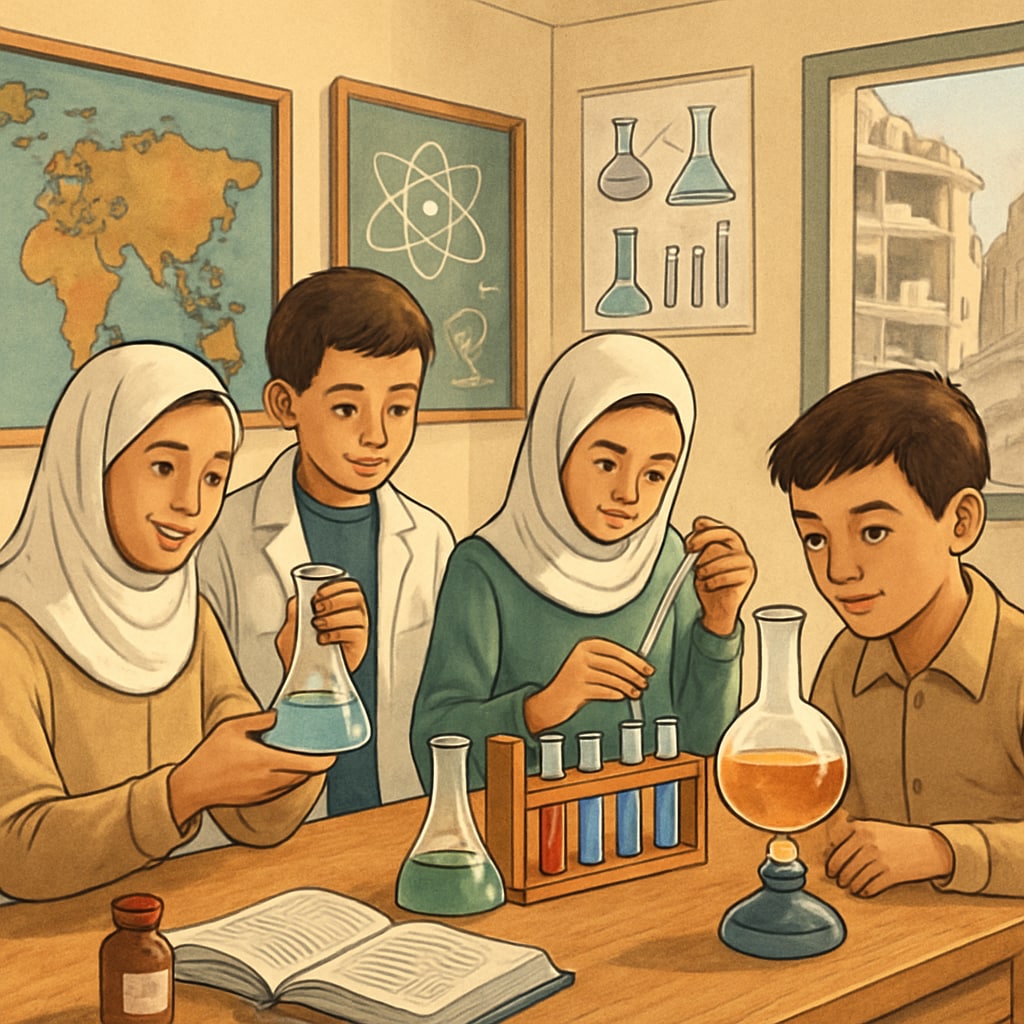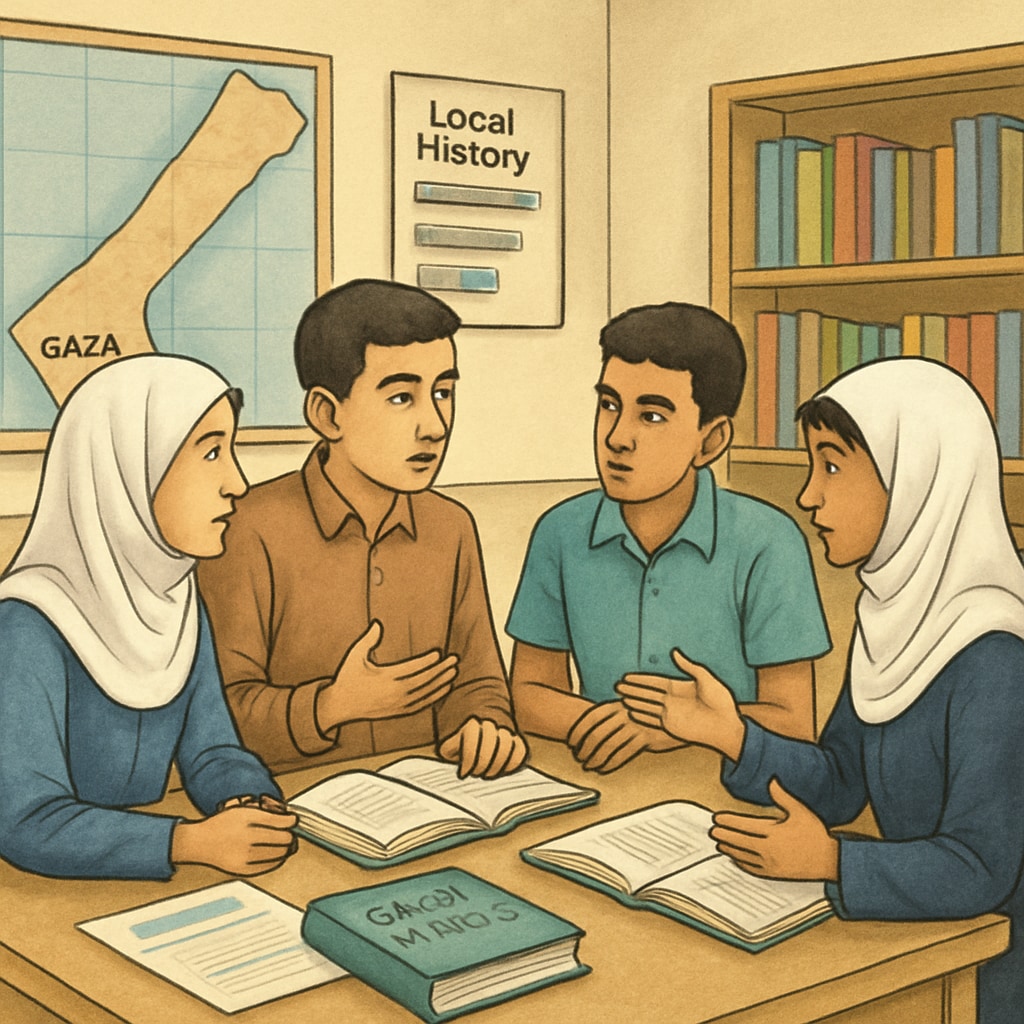In the aftermath of conflict, rebuilding the education system is crucial for restoring hope and stability in Gaza. Designing effective teaching curricula, particularly in science and social studies, is a cornerstone for equipping students with knowledge and critical thinking skills. The unique context of Gaza presents challenges in curriculum development, but it also offers an opportunity to create a system that fosters resilience and growth. This article delves into the process of developing science and social studies curricula tailored to the needs of schools in Gaza.
Challenges in Curriculum Development for Gaza Schools
Developing curricula for Gaza schools requires addressing multiple obstacles. First, the infrastructure damage caused by years of conflict has limited access to educational resources, including laboratories and libraries. In addition, educators face psychological and emotional challenges, as both teachers and students are often impacted by post-traumatic stress. Lastly, cultural and societal factors, such as the need for inclusivity and sensitivity in content, demand careful consideration. Overcoming these hurdles is essential for creating an effective and empowering educational system.

Key Components of Science Education in Post-Conflict Areas
Science education plays a vital role in rebuilding communities by promoting innovation and problem-solving skills. In Gaza, a science curriculum should emphasize hands-on learning, critical thinking, and environmental awareness. For example, lessons on renewable energy and water conservation can directly address local challenges while inspiring students to contribute to sustainable development. Furthermore, partnerships with international organizations can provide access to modern teaching tools, such as virtual labs and STEM (Science, Technology, Engineering, and Mathematics) resources.
Social Studies: Building Identity and Community Understanding
Social studies curricula are equally important in fostering social cohesion and mutual understanding. In Gaza, these courses should focus on history, geography, and civic education while promoting values such as tolerance and cultural appreciation. Interactive methods, such as storytelling and project-based learning, can engage students in exploring their heritage and understanding the world around them. Additionally, integrating peace education into the curriculum can help students develop conflict resolution skills, laying the foundation for a more harmonious future.

Implementation Strategies for Sustainable Education
To successfully implement these curricula, collaboration is key. Engaging local educators, international experts, and community leaders ensures that the content is both relevant and practical. Training programs for teachers can help them adapt to the new curriculum and address students’ emotional needs. Moreover, leveraging technology, such as online learning platforms, can overcome resource shortages and expand access to quality education. Continuous evaluation and feedback mechanisms are also necessary to refine and improve the curriculum over time.
Readability guidance: This article uses concise paragraphs, lists key challenges and strategies, and incorporates transitional phrases such as ‘in addition’ and ‘for example.’ By focusing on actionable solutions, it ensures clarity and relevance for readers interested in educational development.


